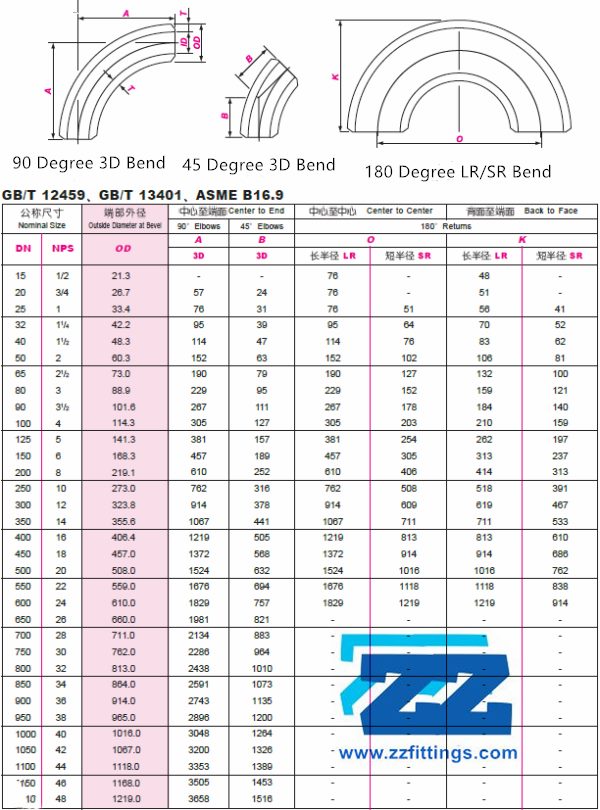
You’ll see that annealed aluminum alloy 3003 (shown as AA3003-O) has a very high percent elongation (strain %) of roughly 35%. Take a look at the stress-strain curve above. Like the other properties, the percent elongation varies for each alloy. This results in better overall aluminum bendability. The more ductile aluminum alloys can experience more significant plastic deformation with small increases in applied stress. It is also known as plastic strain or stain applied beyond the yield strength limit of a material. Percent elongation represents the ability of the material to be plastically deformed under tension. The Deformation of Clad Aluminum Sheet Produced By Direct Chill Casting – Scientific Figure on ResearchGate. We can use them to learn which alloys have better baseline formability. We can use these tests to establish a formability “ranking” for different sheets of alloy. That said, there are standardized tests, such as the ASTM E2218: Standard Test Method for Determining Forming Limit Curves. However, changing the shape of the part or the physical properties of the starting material will change the amount of force that needs to be applied. In other words, we can measure the forming force to produce a specific part from a particular starting material. It also depends on factors such as the shape of the part and the thickness of the starting material. For example, the applied force necessary to shape a product depends on more than just the strength and ductility of a material. Generally speaking, formability is a relative term and not a specific value. Permanent deformation is also known as plastic deformation in the materials science world. Tabs must be at least 2 times the material’s thickness or 0.126”, whichever is greater, and can be no longer than 5 times its width.NX One-step Formability Analysis by Siemens PLM Softwareįormability is the ability of a given material to experience permanent deformation without the forming process cracking or tearing it. Notches must be at least the material’s thickness or 0.04”, whichever is greater, and can be no longer than 5 times its width. Recommended corner radius for notches should be 0.5 * t. Recommendations for Notch Feature: Notch width should not be narrower than 1.5 * t. Tabs must have a minimum distance from each other of 1mm or the material’s thickness, whichever is greater. For bends, notches must be at least 3 times the material’s thickness plus the bend radius. Notches must be at least 3.175mm away from each other. Notching is a low-cost process, particularly for its low tooling costs with a small range of standard punches. To avoid such condition notch should be placed at appropriate distance from bend with respect to sheet thickness.

In case, distance between the notches to bend is very small then distortion of sheet metal may take place.

Notching is a shearing operation that removes a section from the outer edge of the metal strip or part.


 0 kommentar(er)
0 kommentar(er)
